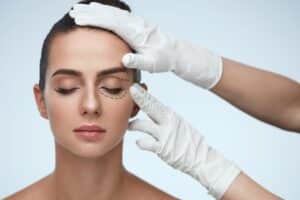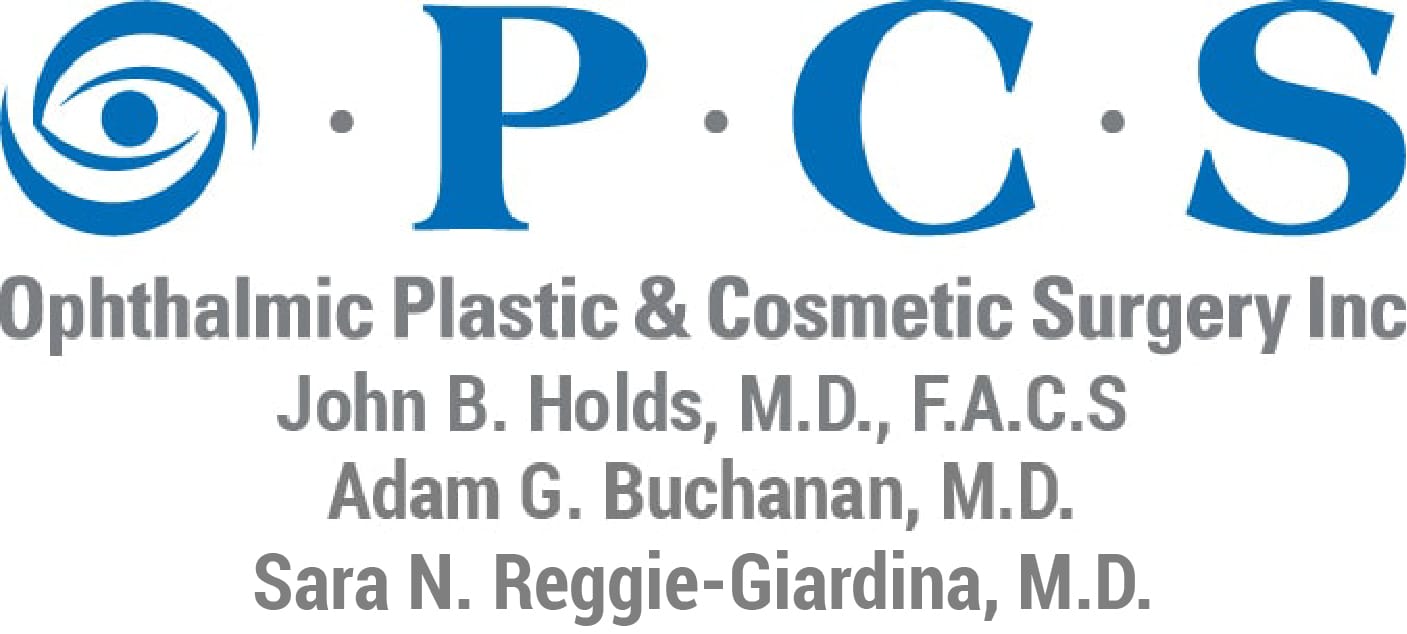Not All Under Eye Bags are Created Equal
- Posted on: Jan 15 2019

What are festoons and why do they develop?
A festoon, by definition, is “a chain or garland . . . hung in a curve as a decoration.” When festoons develop on the face, we hardly see them as decorative. Undereye festoons are made up of redundant loose skin. These kinds of undereye bags are not the norm, and they can present quite the challenge to the doctor unfamiliar with their characteristics. Festoons may consist of nothing more than overhanging skin, or they may include accumulated fluid beneath the surface. There may also be a degree of fat that has become displaced at the upper cheek or malar area.
A person may develop festoons as a side effect of allergies or chronic sinus problems. Festoons may also develop resultant from blocked tear ducts, sun damage, excessive salt or alcohol consumption, and from facelift or eyelid surgery or poorly-administered dermal fillers.
Correcting Festoons for Improved Appearance
It is vital to become aware of contributing factors that may have led to the development of festoons. If corrective surgery is performed without a thorough medical history and exploration of underlying causes, it is possible that the problem either may not be fully resolved or may recur at a later time. Before surgery, patients may need or want to consult with an ophthalmologist to examine tear ducts or an ear, nose and throat doctor to discuss allergies or chronic post-nasal drip. If cosmetic treatment such as fillers has been performed, it is beneficial to know exactly what was used and when. Sometimes, dietary changes such as avoiding salt and alcohol may be recommended.
Clearly, festoons are much more than your average undereye bag. This type of puffiness needs an accurate diagnosis, which is best obtained by an oculoplastic surgeon like Dr. Holds. An oculoplastic or ophthalmic surgeon is one who is familiar with the eyelids, tissue behind and around the eyes, and the upper face in general. This extent of training and clinical practice is paramount to the correct treatment of festoons.
Get proper care for undereye bags and festoons in our St. Louis office. Contact us at 314-567-3567 to schedule your visit.
Posted in: Blepharoplasty

